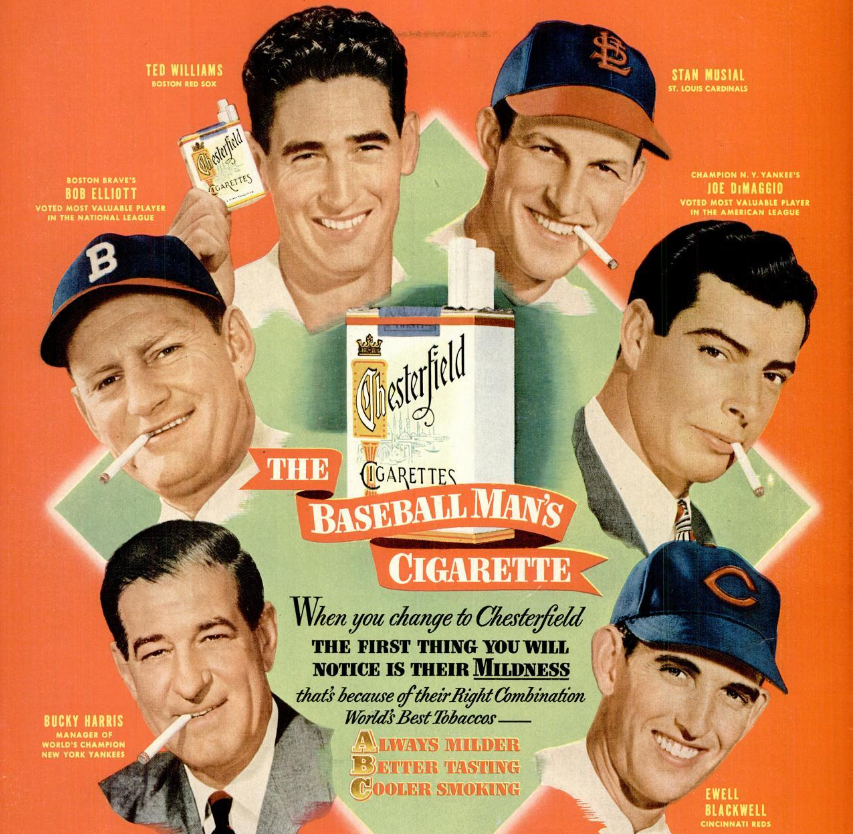The stock market has a long and rich history, dating back to the 17th century when the first organized stock exchange was established in Amsterdam. However, it wasn’t until the 20th century that technology companies began to play a significant role in driving the stock market.
One of the earliest technology companies to make a significant impact on the stock market was IBM.
Their first technological breakthrough was the tabulating machine, invented by Herman Hollerith, a statistician and inventor, in 1896. This revolutionary tool processed and stored large amounts of data on punch cards, transforming business operations by streamlining processes and enhancing efficiency. This innovation laid the foundation for IBM’s future success.
As IBM’s influence grew, so did its impact on the stock market. The company’s success and growth were reflected in its stock prices, making it a popular choice for investors. This helped pave the way for other technology companies to enter the stock market and further solidify their dominance.
Another pioneering technology company was Hewlett-Packard, founded in 1939.
The company made significant contributions to the development of personal computers and printers, revolutionizing the way people work and communicate. Its success on the stock market further solidified its place as a leader in the technology industry.

1940’s Burroughs Check Sorter
As technology continued to advance, so did the influence of technology companies on the stock market.
In the 1970s and 1980s, companies like Microsoft and Intel emerged as major players in the tech world, disrupting traditional industries and transforming how people lived and worked. This led to a surge in their stock prices, attracting investors looking for growth opportunities.
Today, technology companies continue to be major players in the stock market.
With advancements in artificial intelligence, cloud computing, and other emerging technologies, these companies are constantly evolving and shaping the future of the stock market. The rise of social media platforms like Facebook, Twitter, and LinkedIn further pushed technology companies into the spotlight. These companies not only revolutionized communication but also changed how businesses marketed their products and services.
Technology has transformed both company offerings and operations in the stock market. Electronic trading and digital platforms have made buying and selling stocks more accessible and efficient than ever. This has led to a greater participation in the market from smaller investors, further driving its growth.
As technology continues to advance, it is clear that it will remain a major driving force in the stock market. From early pioneers like IBM and Hewlett-Packard to modern-day giants like Amazon and Google, technology companies have shaped the stock market into what it is today. Their innovations and successes have not only driven their own growth but also that of the entire market, making them integral players in the world economy. As we move forward, it will be fascinating to see how technology continues to shape and evolve the stock market, and what new companies and innovations will emerge as leaders in the industry.
Besides influencing the stock market, technology has profoundly impacted various aspects of our lives.
From smartphones and social media to artificial intelligence and virtual reality, technology has become deeply ingrained in our daily routines and interactions. It has changed the way we communicate, access information, and even how we think about the world around us.
Furthermore, technology has opened up countless opportunities for entrepreneurship and innovation. With the rise of platforms like Kickstarter and Indiegogo, individuals with creative ideas can now bring their products to market without the need for traditional investors. This democratization of entrepreneurship has not only fueled economic growth but has also allowed for diverse perspectives and voices to be heard in the business world.
In conclusion, the intersection of technology and the stock market has greatly impacted our lives in both positive and negative ways. It has transformed the way we invest, communicate, and conduct business. As we continue to embrace the ever-evolving world of technology, it is essential that we also consider its effects on individuals, society, and the economy as a whole. Only then can we truly harness its potential for good while mitigating any potential harm.
Click here to see a post on the future of collaboration technology.
You may also like:









